A journey of accessibility and heritage. By Yaba Osifo

Peggy’s Cove is home to one of Canada’s most famous lighthouses, the Peggy’s Point Lighthouse, built in 1915 (Nova Scotia Tourism, 2024). With over 700,000 visitors annually, this iconic site holds significant importance for both Nova Scotians and visitors worldwide (Province of Nova Scotia, 2021). However, until recently, the site was largely inaccessible to persons with physical disabilities due to rocky paths, inaccessible washrooms, and a haphazard parking lot. In 2021, Develop Nova Scotia (now Build Nova Scotia) initiated a project to renovate the site. This included expanding the viewing deck for better accessibility, renovating the washrooms to include accessible stalls and automatic doors, adding parking, improving sidewalks, and implementing protections against shoreline erosion and rising sea levels (Build Nova Scotia, 2021). The viewing deck has sparked a debate between preserving heritage and making room for accessibility. As a planner with a physical disability my loyalties lie with the latter.
My visit to Peggy’s Cove
I’ve visited the Peggy’s Cove lighthouse twice and each time, I have had a pleasant experience. The viewing deck is spectacular, accommodating a wide range of abilities (young, old, mobility-impaired, parents with strollers, etc.), allowing everyone to experience the sensory delight of hearing the ocean waves, feeling the misty breeze, and being just a few metres away from the lighthouse itself. The spacious deck mitigates crowding, with several seats spread out evenly.
Another excellent feature of the deck is the presence of electrical outlets attached to the seats and exterior walls of the bathroom and information center. Most people don’t realize that having electrical outlets is an accessibility feature—just ask anyone with a motorized assistive aid.

Unfortunately, during both of my visits, these outlets did not have power, defeating their accessibility purpose. Working electrical outlets would enable users of power mobility devices to recharge while enjoying the view.
Accessible Washroom
The accessible washrooms also deserve praise. From entrance and exit doors with automatic push buttons, inclined vanities, and changing tables to emergency fall buttons, the washrooms far exceeded my expectations. The stalls have accessible push buttons that aid in locking the door and display color lights to indicate if the stall is vacant (green) or occupied (red).
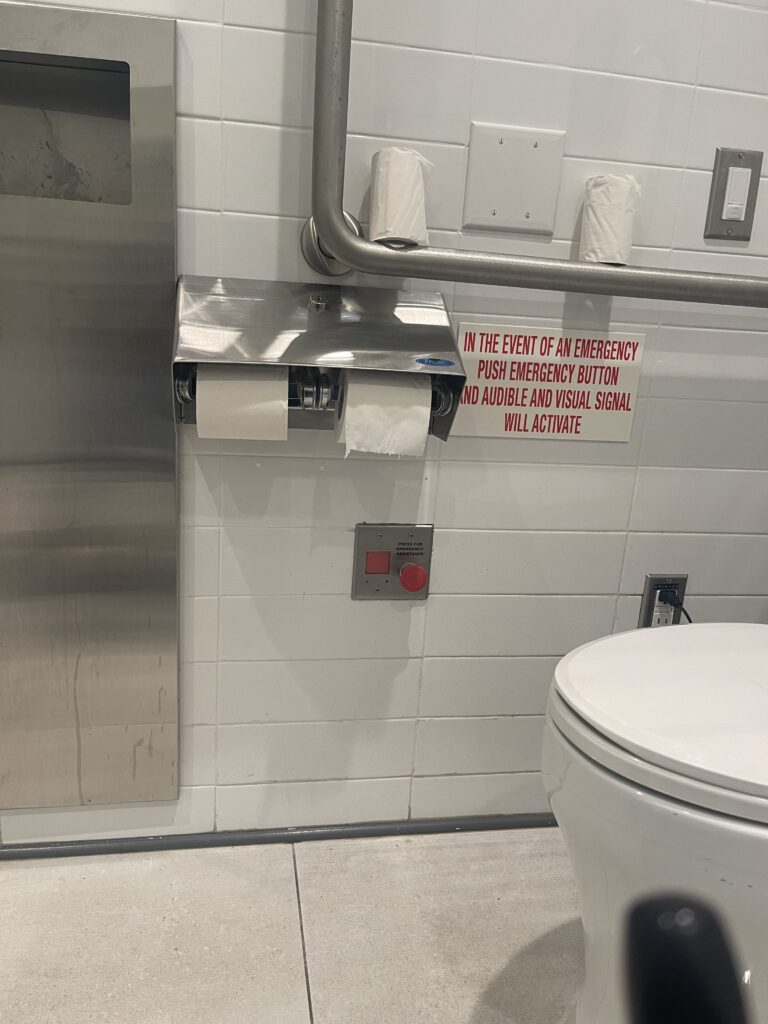
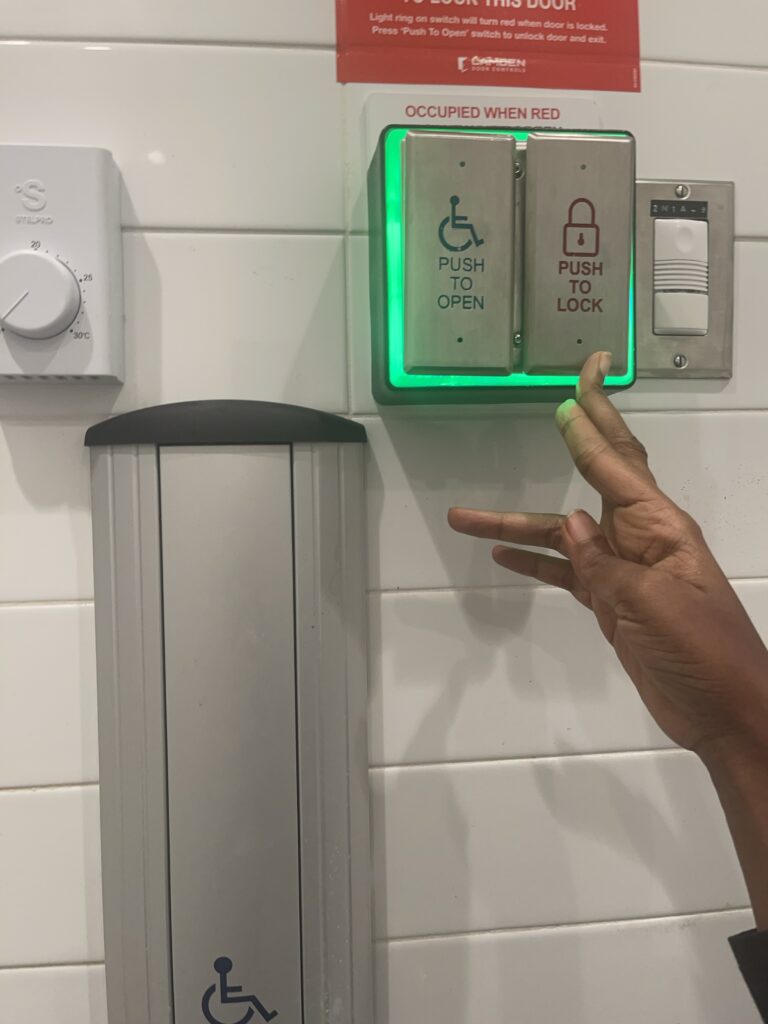
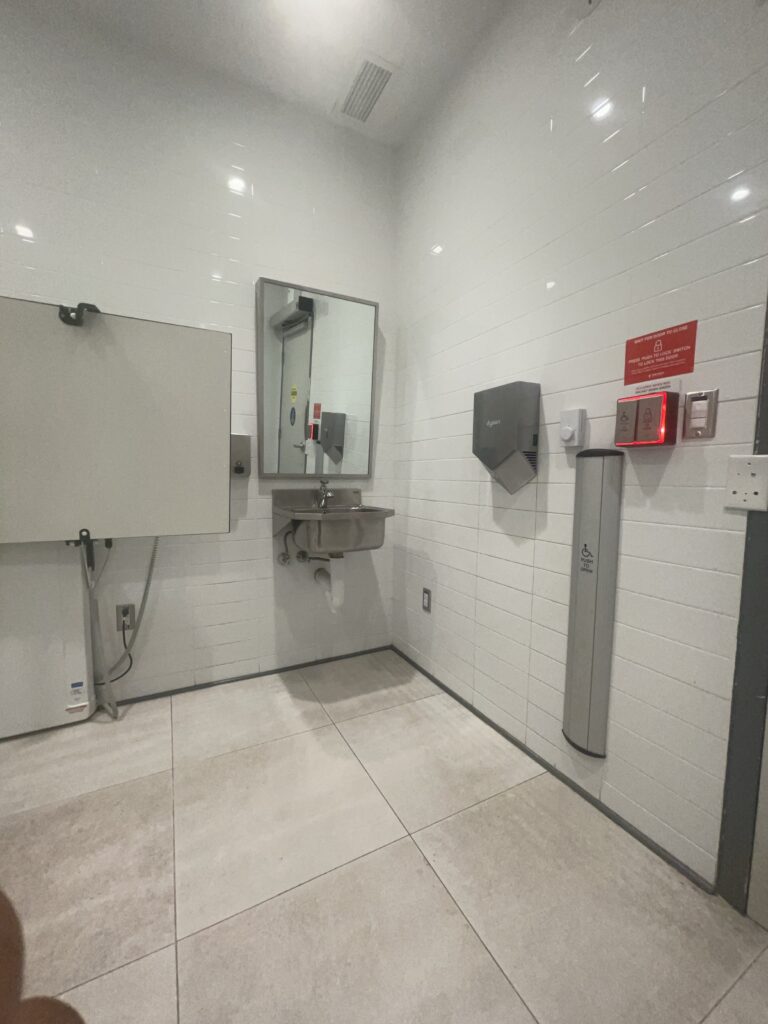
However, improvements could be made regarding the distance of the emergency button from the toilet and the height of the lock buttons. Consideration should be given to persons with limited arm movement who can’t stretch far enough to reach an average arm span.
Shortcomings
A significant part of visiting the lighthouse includes exploring the gift shop, dining at local spots, and strolling around to see the fishermen’s boats. Unfortunately, once you leave the viewing platform, accessibility features are hard to find in nearby establishments. While Build Nova Scotia did an excellent job ensuring accessibility on the viewing deck washrooms and parking lot, their efforts are undercut by the lack of accessible features in other nearby attractions.
During both visits, I sought respite in the gift shop, as it was the only place with a working electrical outlet to charge my wheelchair. While everyone else browsed, I was stuck in one spot with an outlet, having exhausted my wheelchair power on the slopes of the viewing deck. Navigating the narrow aisles was impossible in my wheelchair, and the lack of a lift to the second floor further limited my experience.
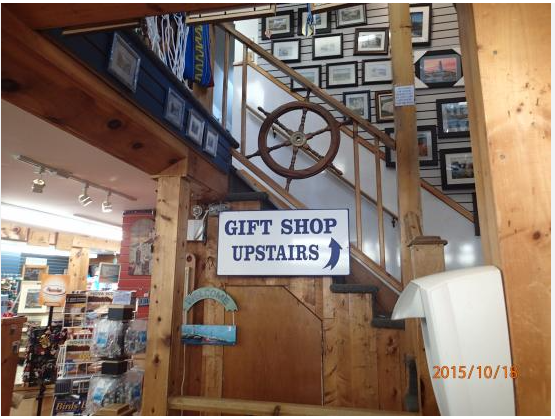
Although my friends and family enjoyed browsing through the array of souvenirs, I couldn’t join them. It was frustrating to hear about the exciting items I couldn’t see due to the lack of an accessible path. Ensuring that all areas, including gift shops and dining establishments, are accessible would enhance the overall experience for all visitors.
In Summary
The renovation of Peggy’s Cove highlights some ongoing challenges in creating accessible spaces. Ensuring that persons of all abilities can partake in experiencing spaces, is not just a matter of the accessible features within the space itself, but also in how the space connects to other spaces. The enhanced viewing deck and accessible washrooms are steps in the right direction, demonstrating that spaces (historical or otherwise) can be made welcoming to everyone without compromising the value or experience of others.
Accessibility interventions must be approached holistically. Connectivity between different parts of the environment, such as the viewing platform, gift shop, dining establishments, and surrounding areas, is crucial. Without this interconnected approach, visitors with disabilities may still find significant barriers that prevent them from fully enjoying and appreciating the heritage site.
By prioritizing both preservation and accessibility, and by implementing comprehensive, well-connected accessibility solutions, we can ensure that everyone has the opportunity to experience and cherish the rich history and natural beauty of places like Peggy’s Cove. This inclusive approach enriches our collective experience of spaces and ensures that spaces can be enjoyed by all, now and for generations to come.
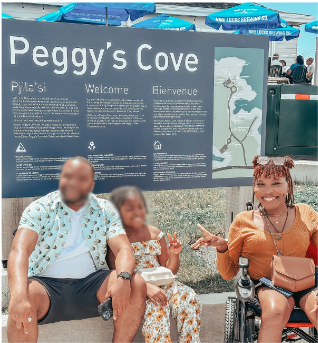
Yaba Osifo graduated with her Masters in Planning from Dalhousie University in May 2024. She has been performing research with the PEACH Research Unit since starting and completing her summer internship in 2023. Yaba is a passionate accessibility advocate, who looks forward to focusing on issues of health equity and accessibility to her work as a planner.
